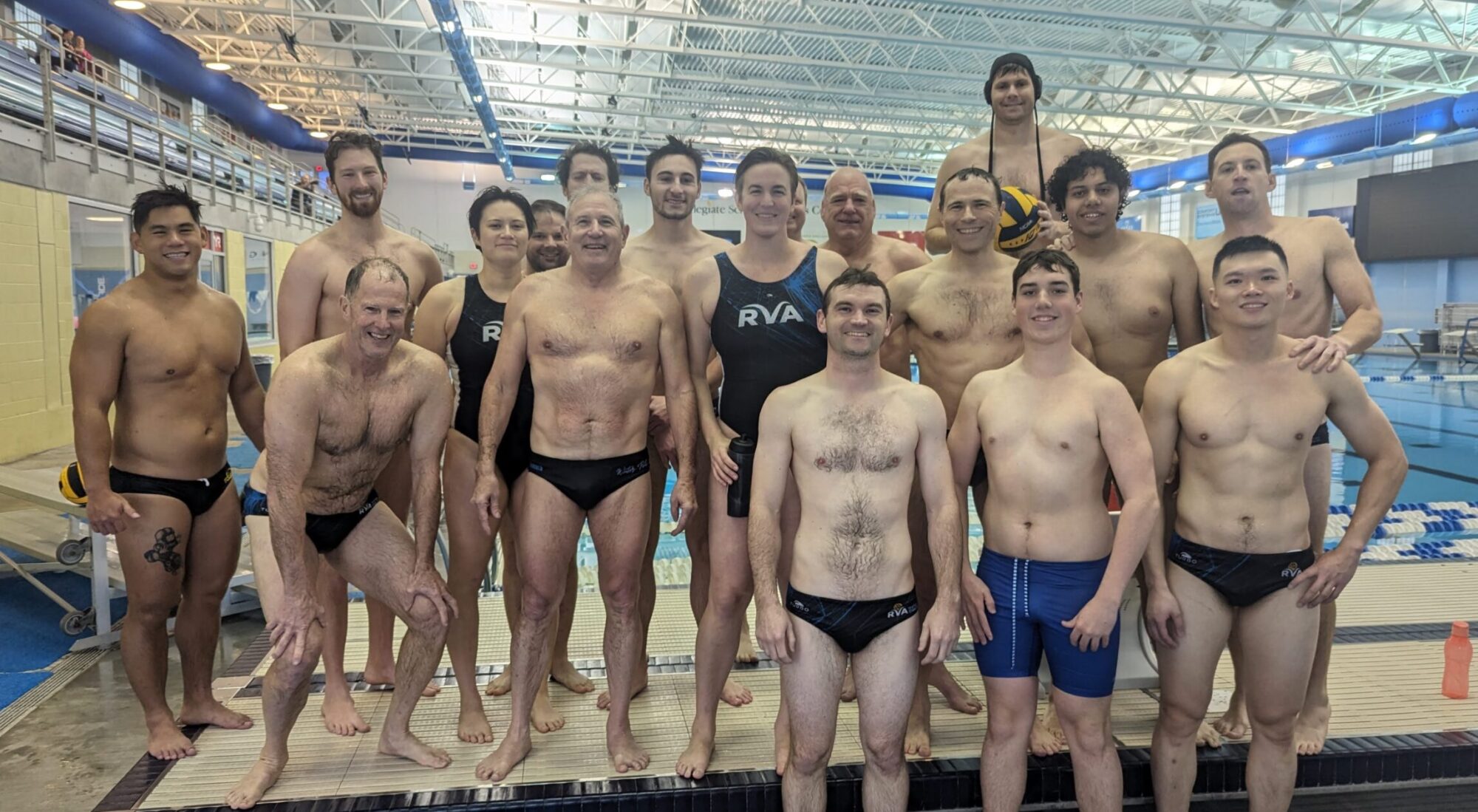Swim Sets (for those feeling ambitious): www.aswimlife.com
CWPA Referee Resources (buff up your knowledge of the rules): https://collegiatewaterpolo.org/officiating/referee-education/cwpa-referee-education-video-library/
The Counter Attack YouTube Channel:
Rules
The playing area for water polo is 30 x 20 meters, with a minimum of 2 meters of depth. While these are the official dimensions. many high school and club teams will find themselves playing in a much smaller space. due to a shortage of pools that are capable of providing such a large field of play At any point in the game, each team is allowed a total of seven players, six field players and one goalie. The home team is designated by dark caps, while the visiting team wears white. All players must tread water the entire game, and are not permitted to touch the bottom or sides of the pool. With the exception of the goalies, all players may only touch the ball with one hand.
Each game consists of four periods. Official period length is eight minutes, although at tournaments and during younger levels of play the length of each period is often shortened to five or six minutes. Each time the whistle blows the play clock is stopped. though play will continue on after the whistle. As a result, games will last longer than the total minutes of official play, generally taking from 35 minutes to an hour, depending on the number of whistles. The time between a whistle and the restarting of the play clock is commonly referred to as ”dead time”.
Upon the start of every possession, the offensive team is allowed 30 seconds to take a shot before the ball is turned over The ball does not need to reach the goal or the goalie to be considered a shot, but must be obviously intended to do so. During the flow of the game, a team must be in possession of the ball to call a timeout. The number of timeouts per game that are permitted to each team vary according to league and tournament rules, but generally ranges from one to three.
Substitutions can be made after a goal is scored, between periods. during a timeout, for an ejected player in the proper area. or during running time. To make a substitution during running time, the player exiting the field of play must swim to the re-entry area of his or her team and remove themselves completely from the field. Only when that player has successfully reached the re-entry area may another player enter the field of play, provided that he or she enters from that same re-entry area.
Water polo is a game that must have a definite winner. In the event of a tied score after the four periods of regulation. two three-minute periods are played. If after those two shorter periods the score remains tied, a three-minute sudden death period is played. Once in the sudden death portion of the overtime, the first team to score wins the game.
The goal for each team is one by three meters in size. A goal is scored when the ball completely passes the face of either goal line. Physical contact is very common as players maneuver for position. A foul is indicated when the referee blows the whistle. using hand signals to point out the direction of the foul and where the ball is to be put in play.
